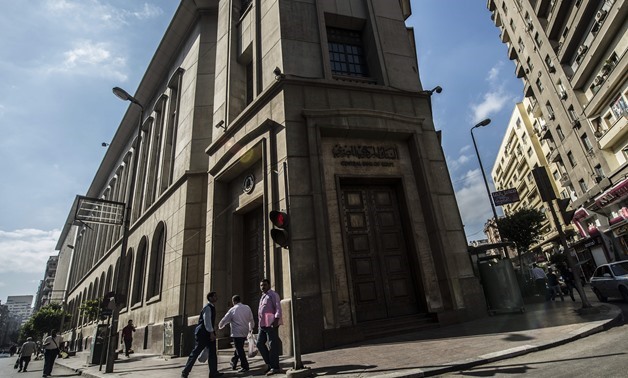Balance of Payment

The CBE attributed the surplus to the growing revenues of tourism, Suez Canal as well as petroleum and non-petroleum exports.

According to the statement, the current account during the period from July to the end of last March amounted to about $13.5 billion.

In a report issued on Wednesday, the CBE noted that the Egyptian economy is capable of bearing the repercussions of the coronavirus pandemic which cast its shadow on the international economy.

The bank added that the current transfers ratcheted up by $13.5 percent to record about $15.5 billion against $13.7 billion a year earlier.

The current account deficit witnessed an improvement of 27.2 percent, compared to the preceding quarter (April/June 2020) to post $ 2.8 billion (against US$ 3.8 billion).

CBE noted in a report that the current account reached a deficit of $11.2 billion, compared to a$10.9 billion in FY 2018/2019 and $6 billion in FY 2017/2018.

The current account deficit retreated by $ 684.4 million or 13 percent, to register $4.6 billion.

The current account deficit narrowed by $ 629.8 million to $ 1.4 billion (compared to $ 2.0 billion), mainly due to the decline in the non-oil trade deficit and the increase in current transfers.

Egypt’s balance of payments recorded a deficit of $1.8 billion during the first half of the fiscal year 2018/2019, compared to a surplus of about $5.6 billion in the first half of 2017/2018.

Saeed added that the volume of reserves now covers nine months of imports, compared to three months in 2012.

Saeed added that the volume of reserves now covers nine months of imports, compared to three months in 2012.

Interests, support and wages’ costs, amounting to 85 percent of budget, do not leave a space for spending on infrastructure, education and health.